10 Weird Discoveries in Vacant Buildings That Will Surprise You
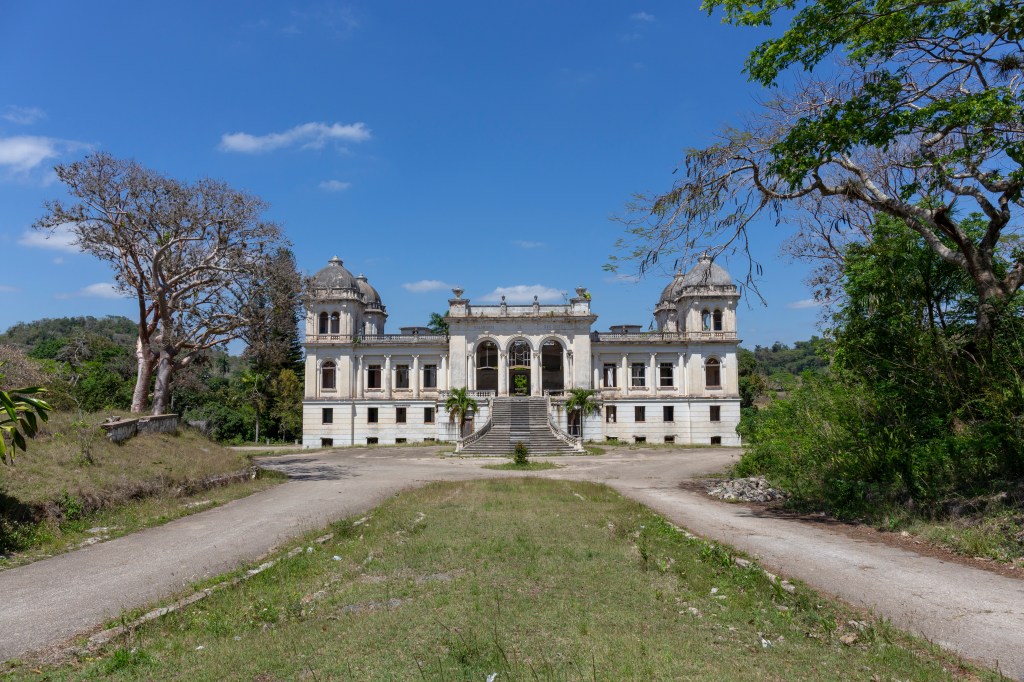
Vacant buildings on private property often whisper stories through the unexpected items they leave behind, forgotten letters, half-packed trunks, or tools paused mid-task. These weird discoveries, found across covered land in various locations, can spark curiosity and offer glimpses into the past. But they also highlight the importance of vacant property protection. Unsecured access and undocumented conditions pose liability and safety hazards, especially when surprises happen to go unchecked. That’s why every discovery should prompt thorough documentation and inventory for vacant homes, to secure the site, catalog its contents, and protect any hidden value before work begins.
Grand Mansions And Time Capsules: Exploring Abandoned Places
Large, historic homes often serve as unexpected time capsules, filled with untouched wardrobes, handwritten ledgers, vintage photo albums, and period furniture that hasn’t moved in decades. These discoveries can carry deep sentimental value, but they also present opportunities to sell rare items or even organize an auction to recover money tied up in the property.
While these finds are fascinating, they come with challenges. The same features that make these properties charming, multiple entrances, expansive layouts, and hidden rooms, can complicate security, insurance, and liability if not properly managed. That’s why the first step in any restoration or inspection should be to stabilize access and document the contents room by room, ensuring both safety and preservation from the start through thorough documentation and inventory.
Abandoned Buildings – Hospitals And Schools With Forgotten Equipment

Long-abandoned hospitals and schools often harbor remnants of their operational past, with cabinets filled with medical records, shelves of lab glassware, and rows of wheelchairs or student desks left behind. These sites may contain old medical equipment that companies once relied on, now deteriorating in damp, inactive environments. While historically intriguing, such forgotten items can be difficult to manage and pose serious liability and safety hazards, especially if discovered by unauthorized visitors.
That’s why it’s critical to remember that the first step in managing these properties is to establish secure access, stabilize vulnerable wings, and conduct a thorough inventory. Sensitive materials must be identified, isolated, and cleaned up properly to ensure both safety and compliance. With the right approach, these risks can be transformed into opportunities for responsible restoration and reuse.
Factories And Warehouses Full Of Industrial Relics
Shuttered factories and warehouses often stand frozen in time, preserving a mix of tools, molds, spare parts, and heavy machinery, industrial relics that can be either valuable or hazardous depending on their condition and accessibility. These spaces may contain legacy equipment with historical significance, and the possibility of uncovering rare or salvageable assets makes them worth a closer look. However, without proper oversight, they can pose serious safety risks.
Before any appraisal or removal begins, it’s essential to board up and secure access, lock down loading bays, illuminate key corridors, and follow clear instructions for documentation. A detailed report should be created, recording serial numbers and tagging each item to help distinguish between salvageable assets and potential hazards. Assigning a responsible person to oversee the inventory process ensures accountability and compliance. Once risks are assessed and protocols are in place, stakeholders can accept the next steps with confidence, whether that means restoration, resale, or safe disposal.
Theaters, Motels, And Roadside Icons
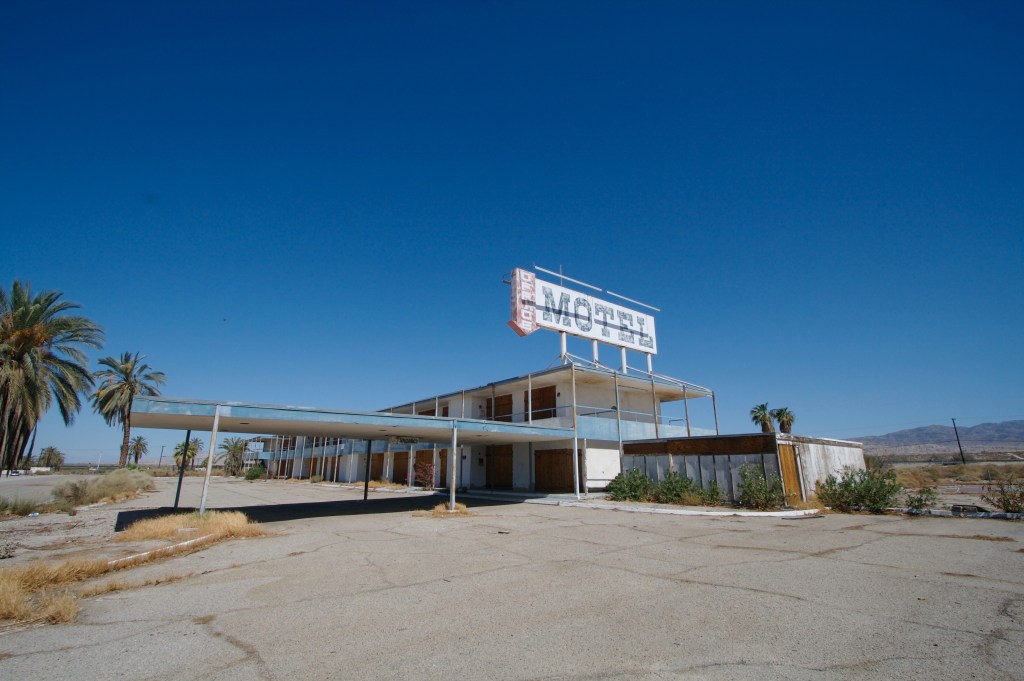
Behind the marquee or front desk of long-abandoned theaters, motels, and roadside icons, you may uncover valuable things found in abandoned places, ticket ledgers, vintage signage, room keys, or mid-century décor that collectors prize. Sometimes, these items are stashed in forgotten storage units tucked in the middle of the property or hidden behind apartment-style rooms once used by staff. Many of these nostalgic remnants are at risk of being thrown away or vandalized if not properly secured.
To protect both the property and its contents, it’s essential to prioritize storefront security through shutters or grilles, board up and secure access points, and photograph closures at the end of each visit. These steps not only deter trespassing but also support proper documentation and inventory. For those managing these sites, it’s important to watch for overlooked valuables and preserve the charm and history of these roadside relics while minimizing liability.
Farmhouses and Barns: Unearthing Family Heirlooms and Weird Discoveries in Vacant Buildings
Rural properties like old farmhouses and barns often conceal forgotten collectibles in vacant homes, trunks of letters, hand-forged tools, patchwork quilts, and memorabilia stored for generations. These items, rich in history, are often just inches from drafts, moisture, and pests, making them vulnerable to mold and water damage in empty buildings. One striking example might be a faded family painting tucked behind a dresser, its image slowly deteriorating due to exposure.
Because rural distance can delay response times when something goes wrong, prevention becomes critical. Here are a few tips: start by inspecting roofs and doors for structural integrity, then tag and relocate heirlooms to a dry, staged room for proper inventory. Treat the job like a preservation mission, each item deserves attention and care. This approach supports both cleanup and legacy protection, helping ensure that what’s been passed down isn’t lost to time or neglect.
Urban Exploration – Apartments And Condos With Hidden Gems
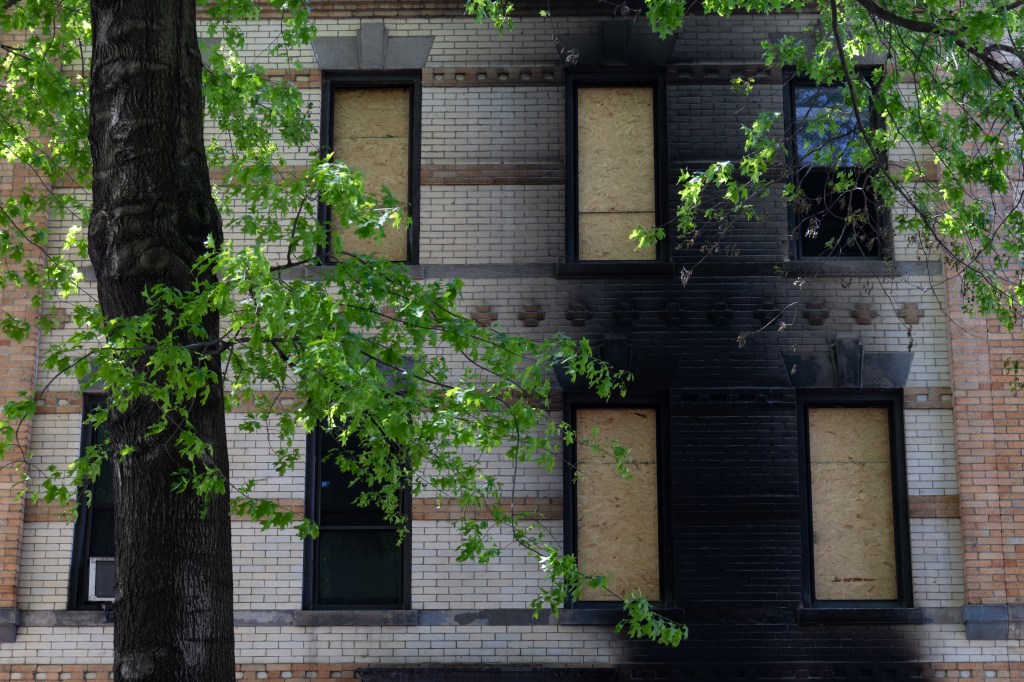
Urban explorers often find that multi-unit buildings, especially long-vacant apartments and condos, can turn into unexpected adventures. Inside these locations, it’s not uncommon to uncover small but meaningful caches: cash envelopes tucked behind drawers, coin jars in kitchen cabinets, hidden safes in closets, or boxes of letters left behind. Each place tells a story, and sometimes the discoveries include hidden safes and cash in walls, offering a glimpse into personal histories and forgotten wealth.
Whether the exploration is part of a formal project or a spontaneous visit, shared hallways, balconies, and fire escapes can create easy paths for unauthorized entry if access control measures like locks and codes aren’t properly managed. To protect both the property and its contents, it’s essential to re-key units, rotate digital codes regularly, and document any discoveries with date-stamped photos. Cleaning up and securing the site not only preserves its integrity but also supports responsible exploration and minimizes liability.
Churches And Civic Buildings With Historic Artifacts
Long-abandoned churches and civic buildings often retain meaningful historic artifacts, including bronze plaques, religious artwork, hymnals, and archival books that speak to a community’s past. These items, found inside ghost buildings, hold cultural significance but are highly vulnerable to damage from humidity and light, especially in areas where HVAC systems are inactive and windows remain exposed.
To avoid irreversible deterioration, it’s essential to stabilize the interior environment and log each artifact with basic condition notes. Assigning a responsible person to oversee the documentation ensures consistency and accountability. Focus on the most vulnerable areas first, such as sanctuaries, libraries, or basements, where moisture and light exposure are most likely. This process not only protects these treasures but also lays the groundwork for responsible restoration and historical stewardship.
What Strange Finds Reveal About Risk And Liability
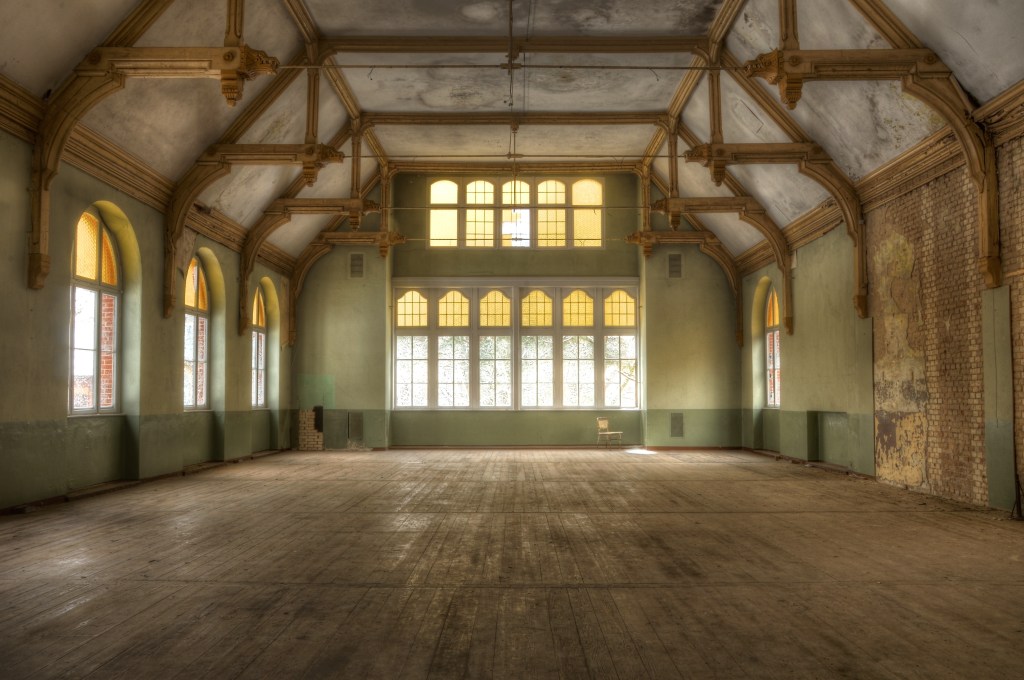
When exploring abandoned or neglected properties, strange finds, like personal items, outdated equipment, or forgotten documents, can be more than just curiosities. They often signal that access has been loose and maintenance deferred, a combination that increases the potential for loss and highlights liability and safety hazards.
These conditions can complicate vacant property insurance and raise red flags during claims if you can’t demonstrate control. The fix is straightforward: lock all access points, install lighting to deter intruders, log every visit and discovery, and limit entry while you assess what to preserve or remove. These steps support incident documentation and help transform uncertainty into a manageable restoration process.
Before You Open The Door: Safety And Access Control
Entering a vacant or abandoned property isn’t just about curiosity; it’s about control. Before stepping inside, approach the site like an inspection: confirm legal access, check for structural issues, and ensure lighting is in place to reduce risk. Use an inspection checklist to guide your process and reinforce consistency.
To maintain secure access, limit keys to a short, trusted list, rotate access codes after contractors finish work, and keep a sign-in sheet for every visit. Prioritize board-up and secure access measures to protect entry points and deter unauthorized visitors.
These simple but critical steps make each entry predictable and traceable, helping to safeguard both people and property while reinforcing responsible site management.
Cataloging And Valuation For Insurance Readiness
When managing abandoned or transitional properties, insurance readiness starts with organized documentation and inventory for vacant homes. Create a simple inventory as you go, take photos, write brief descriptions, and note where each item was found. This cataloging process not only helps track valuable content but also supports accurate valuation.
Be sure to save receipts for stabilization and storage efforts, as these costs reflect real investment in preservation. Clear, consistent records reduce back-and-forth with insurers and strengthen your position when dealing with vacant property insurance. These steps turn a chaotic site into a well-documented asset, ready for responsible restoration or claims processing.
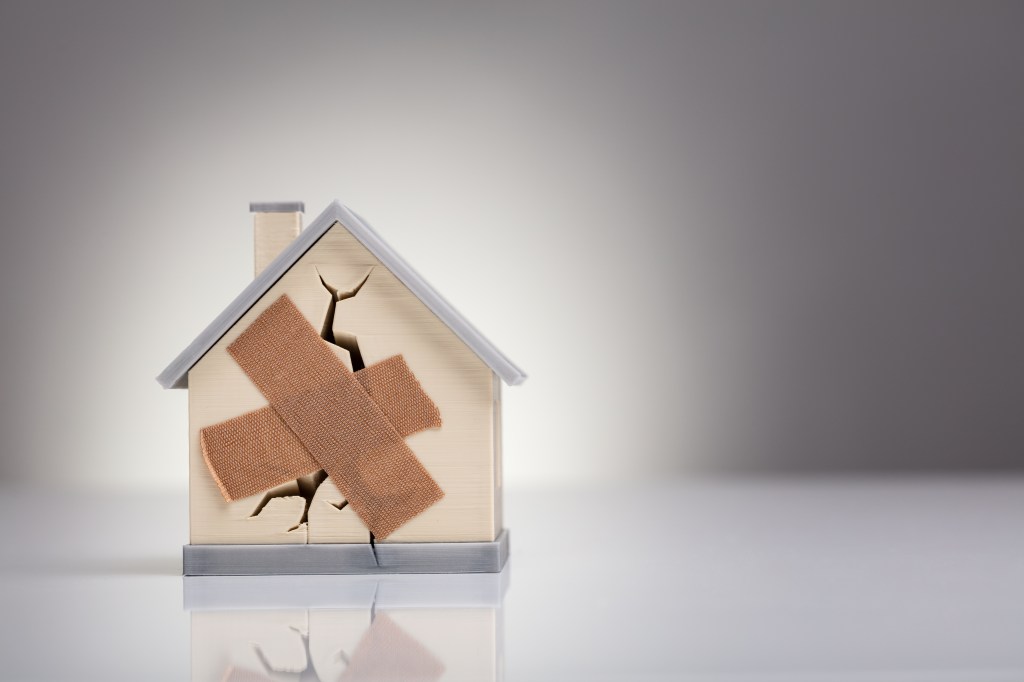
Short-Term Securement Versus Long-Term Preservation
When managing vacant properties, the approach to protection depends heavily on the vacancy timeline. For short-term holds, such as bridging to a sale or renovation, basic measures like board-up and secure access using locks may be sufficient to deter trespassing and maintain control.
However, long-term preservation and cleanup require more robust strategies: install shutters, limit and monitor entries, and use dry, climate-controlled storage for anything worth keeping.
As seasons shift and neighborhood activity fluctuates, it’s essential to review your plan regularly to ensure continued protection. Whether temporary or extended, balancing security with preservation helps safeguard both the property and its contents.
Quiet Coordination That Simplifies Ownership
Managing a vacant property from afar can feel overwhelming, especially when coordinating access, cataloging finds, and arranging removals. That’s where quiet coordination makes all the difference.
A vacant-property specialist can handle the logistics: lining up crews for estate cleanout and property preservation, maintaining a photo log, and aligning your security posture with vacant property insurance requirements.
This behind-the-scenes support ensures that documentation is consistent, access is controlled, and preservation efforts stay on track. With coordinated upgrades and clear records, the result is fewer surprises, smoother transitions, and better protection for what’s worth saving, without the stress of being on-site for every decision.

Sources:
https://www.ripearts.com/journal/the-3-most-interesting-things-ive-found-in-abandoned-buildings
http://loveproperty.com/gallerylist/189070/incredible-things-people-have-found-in-abandoned-houses
https://freaktography.com/top-ten-most-shocking-finds-in-abandoned-places/
https://www.ranker.com/list/valuable-things-in-abandoned-places/jordan-love
https://www.nextavenue.org/the-strange-allure-of-abandoned-buildings/
https://www.cnn.com/travel/article/abandoned-buildings-irpt

